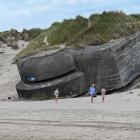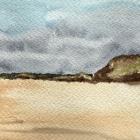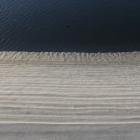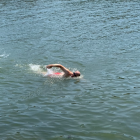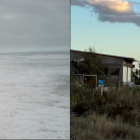Ocean Swimming as Eco-Meditation
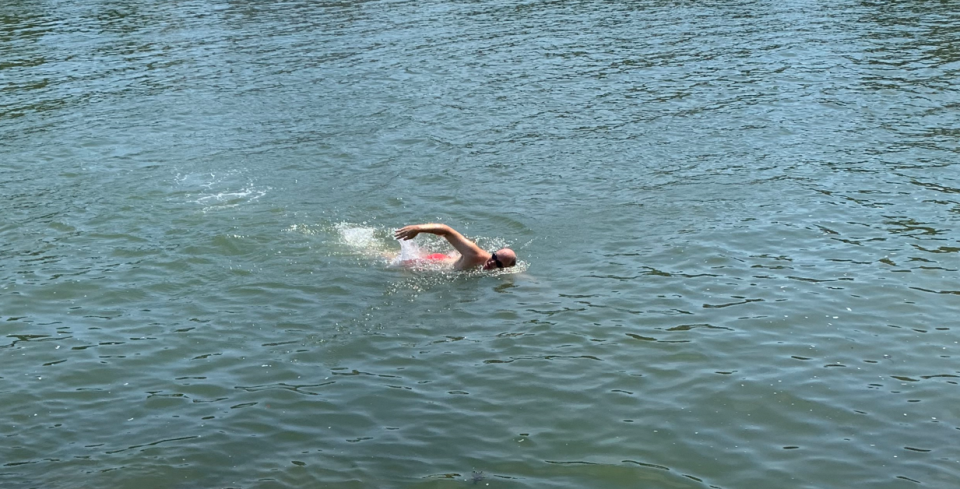
Steve Mentz swimming in Short Beach.
Steve Mentz swimming in Short Beach.
Photograph by Olivia Mentz
 This work is licensed under a Creative Commons Attribution 4.0 International License.
This work is licensed under a Creative Commons Attribution 4.0 International License.
I swim in the ocean to encounter an alien environment with my skin. The practice involves two things: feeling and form. These actions each support meditation in two different senses.
Feeling first of all means sensation, the friction and temperature exchange of water touching flesh. When I swim in the sea, my small individual body encounters the world’s largest enveloping body. My meditations start with that mismatch and that wet touch. Swimming away from shore, the sea’s alien pressure threatens me and lures me on.
A secondary sense of feeling activates my emotions and the surge of connection that, at the best moments, links me to sea and sky and universe. Sigmund Freud famously describes an “oceanic feeling” at the basis of human psychology and religious intuition. I don’t quite believe in Freud, but when I swim in the ocean, I feel what I feel. Physical feeling pushes onto my body in ways that generate surges of emotional feeling.
Form comes next, in patterns I create through the motions of arms, legs, and body. As a child I was taught, and later taught others, a set of patterns—crawl, breaststroke, backstroke, butterfly. These bare forms make up my meditations.
Active strokes, the forms of my swimming, call up an inverse pressure that shapes me, like a formal mold that captures limbs and torso. To be in the ocean’s heavy grip means to assume a form, to be formed, to move slowly but buoyantly, becoming a body that can’t move as freely as I’m used to in the thinner sea of air.
Ocean swimming teaches me how to live in a wetter, alien, intermittently threatening world. These are good lessons for the Anthropocene.





